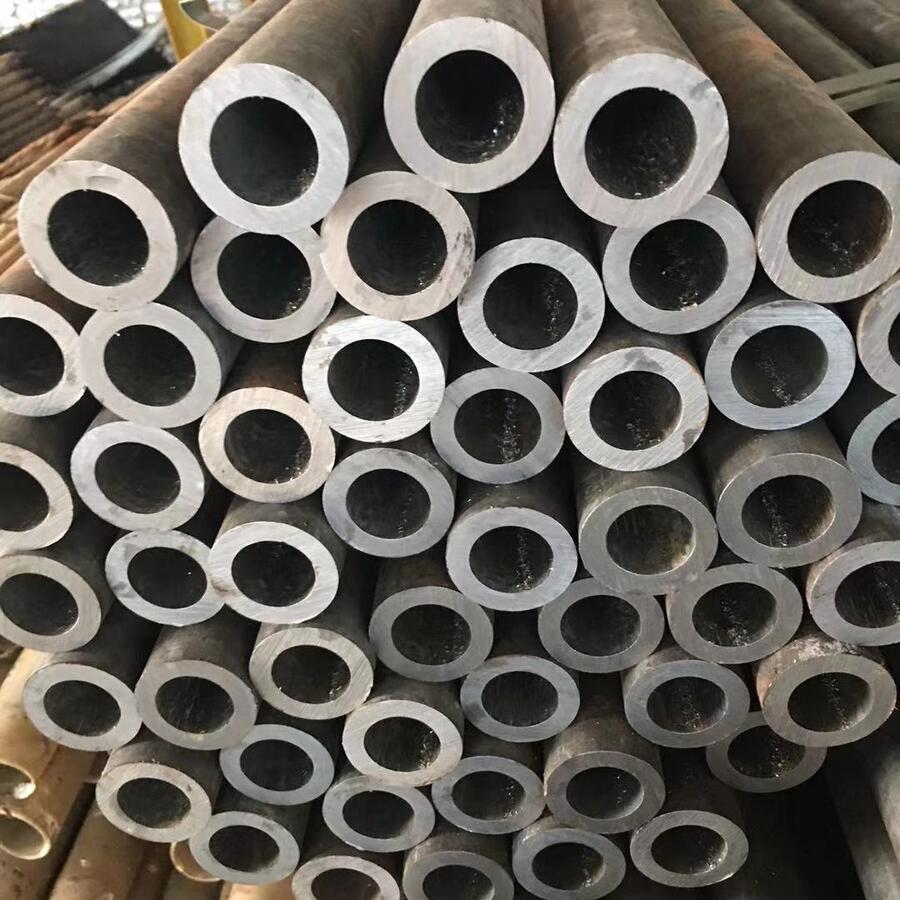Introduction to Hot Rebar Steel Rolling Mills
Hot rebar steel rolling mills play a crucial role in the production of steel reinforcement bars, المعروف عادة باسم حديد التسليح. تم تصميم هذه المطاحن لمعالجة قضبان الفولاذ إلى أحجام وأشكال مختلفة من حديد التسليح, والتي تعتبر ضرورية في مشاريع البناء والبنية التحتية. في هذه المقالة, we will delve into the workings of hot rebar steel rolling mills, المعلمات التشغيلية الخاصة بهم, and their importance in the steel manufacturing industry.
What is a Hot Rebar Steel Rolling Mill?
A hot rebar steel rolling mill is a type of industrial equipment used to shape and size steel billets into rebar. The process involves heating the billets to a high temperature, making them malleable, and then passing them through a series of rollers that gradually reduce their thickness and shape them into the desired form. This process not only enhances the mechanical properties of the steel but also ensures uniformity in size and quality.
Key Components of Hot Rebar Steel Rolling Mills
Hot rebar steel rolling mills consist of several key components that work together to achieve efficient production:
- فرن التدفئة: This component heats the steel billets to the required temperature for rolling.
- المدرجات المتداول: These are the main machines that shape the heated billets into rebar.
- سرير التبريد: بعد المتداول, the rebar is cooled down to stabilize its structure.
- آلة القص: This machine cuts the rebar into specified lengths.
- نظام التحكم: Modern mills are equipped with advanced control systems for monitoring and optimizing the rolling process.
Operational Parameters of Hot Rebar Steel Rolling Mills
The efficiency and effectiveness of hot rebar steel rolling mills depend on various operational parameters. Below is a comprehensive table showcasing these parameters:
| المعلمة | وصف |
|---|---|
| حجم الخام | Standard sizes range from 100mm x 100mm to 150mm x 150mm. |
| درجة حرارة المتداول | Typically between 1100°C to 1250°C for optimal malleability. |
| سرعة المتداول | Average speed of 10 ل 20 meters per second. |
| القدرة الإنتاجية | Can range from 10 طن/ساعة إلى 100 tons/hour depending on the mill design. |
| Rebar Diameter | Common diameters range from 8mm to 32mm. |
| طريقة التبريد | Air cooling or water cooling systems are used. |
| استهلاك الطاقة | Typically between 300 كيلوواط ل 1000 kW depending on the mill size. |
| نظام التحكم | PLC-based systems for real-time monitoring and adjustments. |
| Material Yield | Yield rates can exceed 95% with proper management. |
| تردد الصيانة | Regular maintenance every 500 hours of operation is recommended. |
Advantages of Hot Rebar Steel Rolling Mills
Hot rebar steel rolling mills offer several advantages that make them indispensable in the steel industry:
- كفاءة عالية: The continuous rolling process allows for high production rates.
- Cost-Effective: Reduced energy consumption and material waste lead to lower operational costs.
- ضبط الجودة: Advanced control systems ensure consistent product quality.
- براعة: Capable of producing various sizes and grades of rebar to meet market demands.
Applications of Hot Rebar Steel
Hot rebar steel produced from these mills is widely used in various construction applications, مشتمل:
- Reinforced Concrete Structures: Essential for buildings, الجسور, and highways.
- Precast Concrete Products: Used in the manufacturing of precast elements.
- Infrastructure Projects: Critical for roads, tunnels, and dams.
خاتمة
Hot rebar steel rolling mills are vital in the steel production process, providing the necessary equipment to transform raw materials into high-quality rebar. Understanding the operational parameters and advantages of these mills can help stakeholders make informed decisions regarding their use in construction and infrastructure projects. For more information on hot rebar steel rolling mills and related equipment, يمكنك زيارة هاني التكنولوجيا and explore their extensive range of products and services.
في ملخص, the hot rebar steel rolling mill is not just a piece of machinery; it is a cornerstone of modern construction, ensuring that buildings and infrastructure are built to last.




